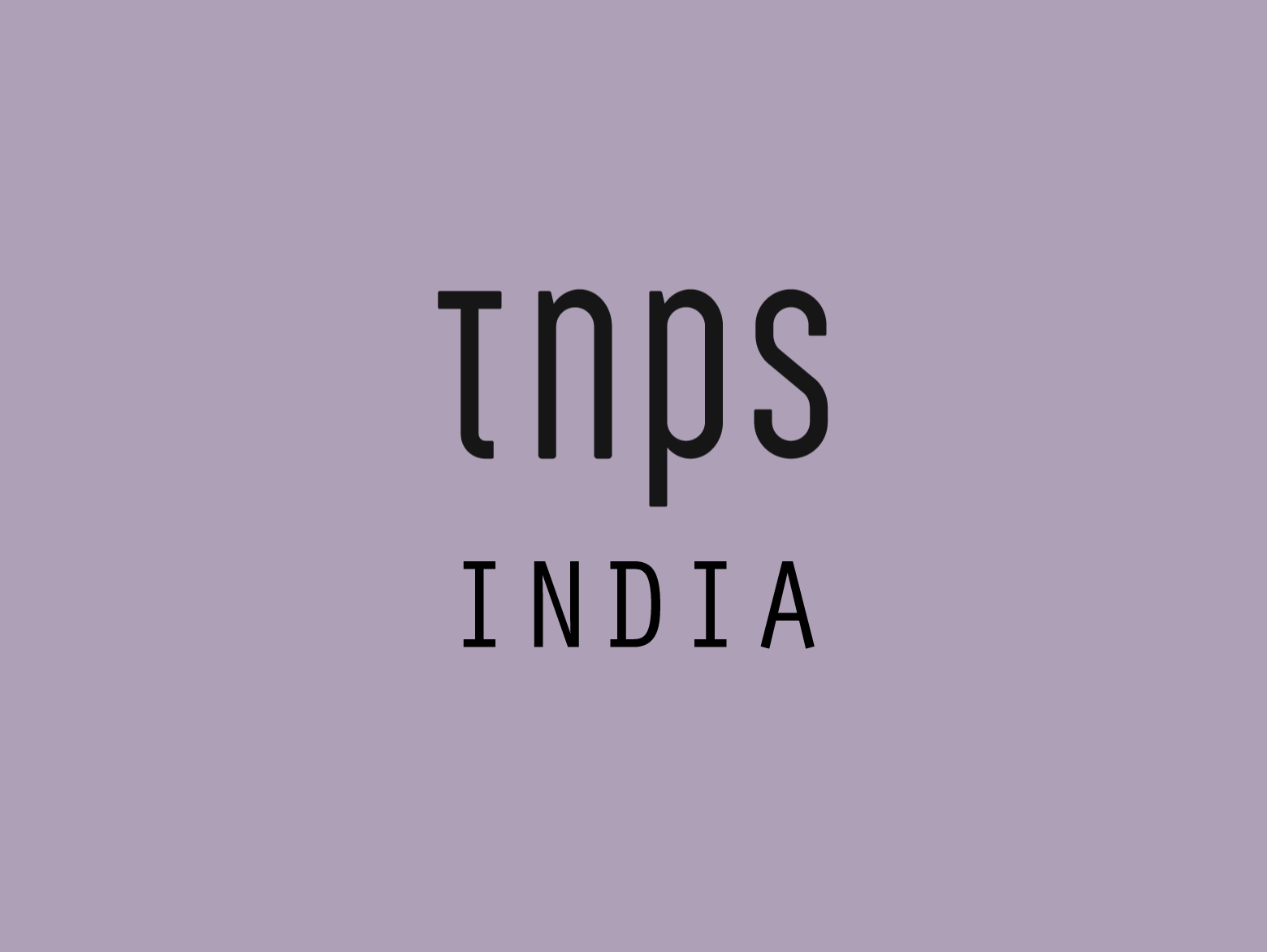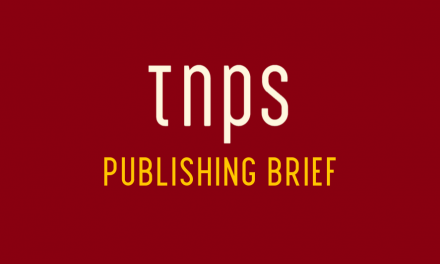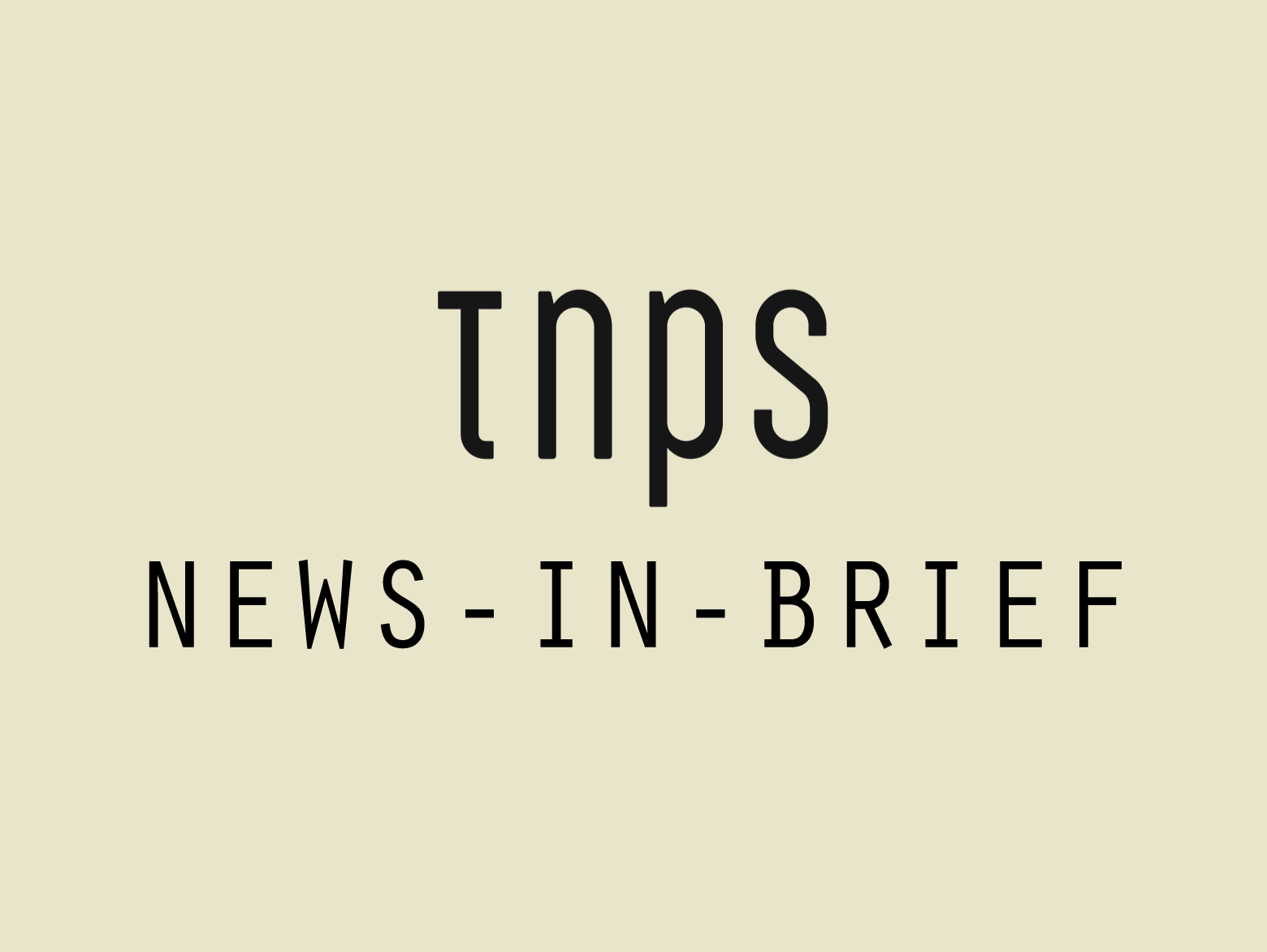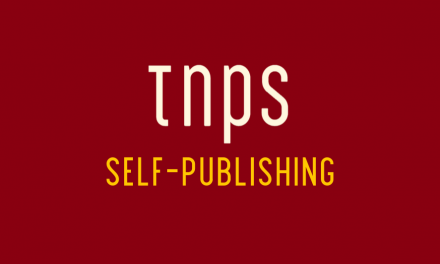Nasadiya Technologies’ Indian self-publishing platform Pratilipi is reported to have raised $4.3 million in a Series A round of funding led by Omidyar Network.
Pratilipi, which reaches its third anniversary in March, is widely regarded as India’s biggest self-publishing operation, with a focus on eight local languages – Hindi, Gujarati, Bengali, Marathi, Tamil, Telugu, Kannada, and Malayalam.
Pratilipi’s Android app has been downloaded over a million times and it claims to have had 80 million reads from 150,000 titles produced by over 22,000 authors, with readers averaging 35 minutes a day on the platform.
At least, that’s according to Inc42.
Pratlipi’s own site tells a different story, claiming one million readers but only 9,000 authors.

Pratilipi previously raised $1 million in seed funding two years ago in February 2016.
As a KMPG-Google report noted last year, the next half billion Indian internet users are expected to be non-English speakers, yet only a tiny fraction of internet content in India is in local languages, leaving an open goal for operators like Pratilipi and, more recently, TNPS sister company StreetLib –
to engage with Indian readers, authors and publishers.
Regulars will know I regard India as the most exciting publishing prospect on the planet –
India is the second largest internet-using country after China, with more people connected to the internet than the entire population of the USA.
India kicked off 2017 with some 462 million internet users, compared to the USA’s 287 million.
By 2020 India’s internet user base is expected to reach 760 million, not just more than double the entire population of the USA, but equivalent to double the entire populations of the USA and UK combined.
The key is mobile phones. Mobile phones, that is, in local languages. From my TNPS report in September last year:
Back when Amazon India launched in 2013 it was an English-language desktop world.
Today Indian’s access the web on devices like the home-brand Micromax, which uses local language operating systems like Indus 2.0, supporting 12 local languages. Micromax estimate at least 300 million Indians are currently not buying smartphones because they are in English.
Google understands this. It recently expanded the reach of the Gboard (the new keyboard for Android launched in December 2016), offering transliteration support for Hindi, Bengali, Telugu, Marathi, Tamil, Urdu and Gujarati.
The Chinese understand this too. Xiaomi was one of the early Chinese entrants into India and has had phenomenal success with its Redmi series. The Redmi 4A launched in India earlier this year with support for 13 local languages.
While Amazon’s KDP is the 800lb gorilla in the Indian self-publishing arena, the gorilla is currently in a cage of its own making.
Amazon KDP caters for only five local languages and is dependent on English-language competence to be able to navigate the site, both as a reader and as a self-publishing author, leaving plenty of room for operators like Pratilipi and StreetLib to build their own self-publishing and distribution empires.





